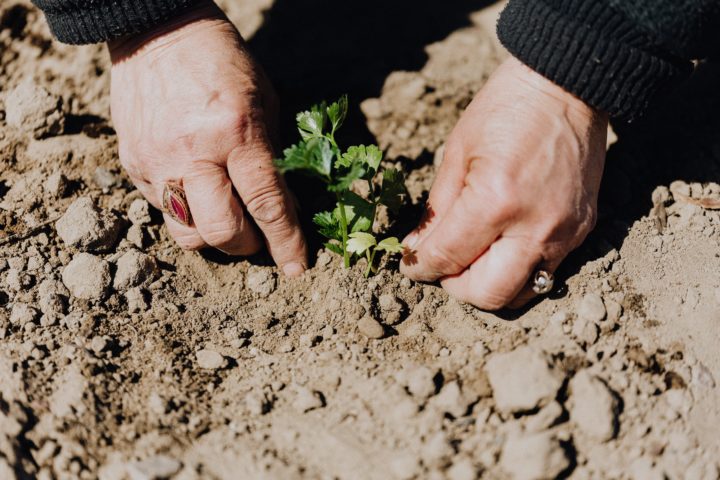The following contribution is from another author.
Refurbishing a garden area can be a daunting task, but with a little planning and effort, it can become a fun and rewarding project. Whether you’re looking to create a new outdoor living space, grow your own vegetables or simply refresh your garden’s appearance, there are several steps you can take to transform your garden area into a beautiful and functional space.
Step 1: Evaluate Your Garden
The first step in refurbishing your garden area is to evaluate your existing space. Look for areas that need attention or improvement, and identify any areas that are working well. Take note of any issues, such as drainage problems, overgrown plants or weeds, and any other issues that need to be addressed. If you need to get someone to come in and do some construction to fix issues then ensure they’ve retrospective insurance.
Step 2: Clear the Area
Before you can start refurbishing your garden, you’ll need to clear the area of any debris or unwanted plants. Remove any weeds, dead or damaged plants, and any other debris from the area. This will give you a clean slate to work with, and will help to prevent any unwanted plants or debris from interfering with your new garden.
Step 3: Plan Your Garden
The next step is to plan your garden. This is an important step, as it will help you to determine what plants will work best in your garden, how much space you have available, and what features you want to include. Consider the following:
- The amount of sunlight your garden receives
- The type of soil in your garden
- The climate in your area
- The amount of space you have available
- The types of plants you want to grow
- The features you want to include (such as a garden path, seating area, fire pit or water feature)
Step 4: Choose Your Plants
Once you have a plan in place, it’s time to choose your plants. Consider the size, color, and texture of the plants you want to include, and make sure they are suited to the climate and soil conditions in your area. If you’re not sure what plants will work best in your garden, consult a local nursery or garden center for advice.
Step 5: Create a Layout
Before you start planting, create a layout for your garden. This will help you to determine where to place each plant, and will ensure that your garden looks balanced and cohesive. Consider the following:
- The height and spread of each plant
- The color and texture of each plant
- The amount of space each plant needs to grow
- The location of any features, such as a garden path or seating area
Step 6: Plant Your Garden
Now that you have a plan in place, it’s time to start planting. Make sure you follow the instructions for each plant, including the amount of sunlight and water they need, and how far apart they should be planted. Be sure to water your plants regularly, and provide them with the nutrients they need to thrive.
Step 7: Add Features
Once your plants are in place, it’s time to add any additional features you want to include in your garden. This might include a garden path, seating area, or water feature. Make sure these features are incorporated into your garden layout, and that they complement the overall design of your garden.
Step 8: Maintain Your Garden
Maintaining your garden is an ongoing process, but it’s important to keep up with it in order to keep your garden looking its best. This might include watering your plants regularly, pruning them as needed, and removing any weeds or debris that may have accumulated.
In conclusion, refurbishing a garden area can be a fun and rewarding project. By evaluating your garden, clearing the area, planning your garden, choosing your plants, creating a layout, planting your garden, adding features, and maintaining your garden, you can transform your outdoor space into a
















